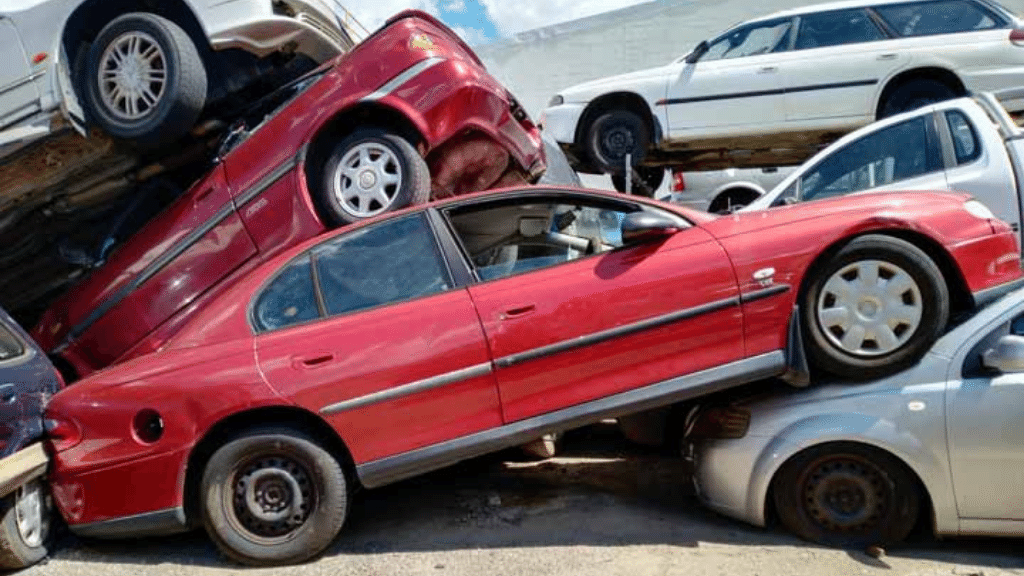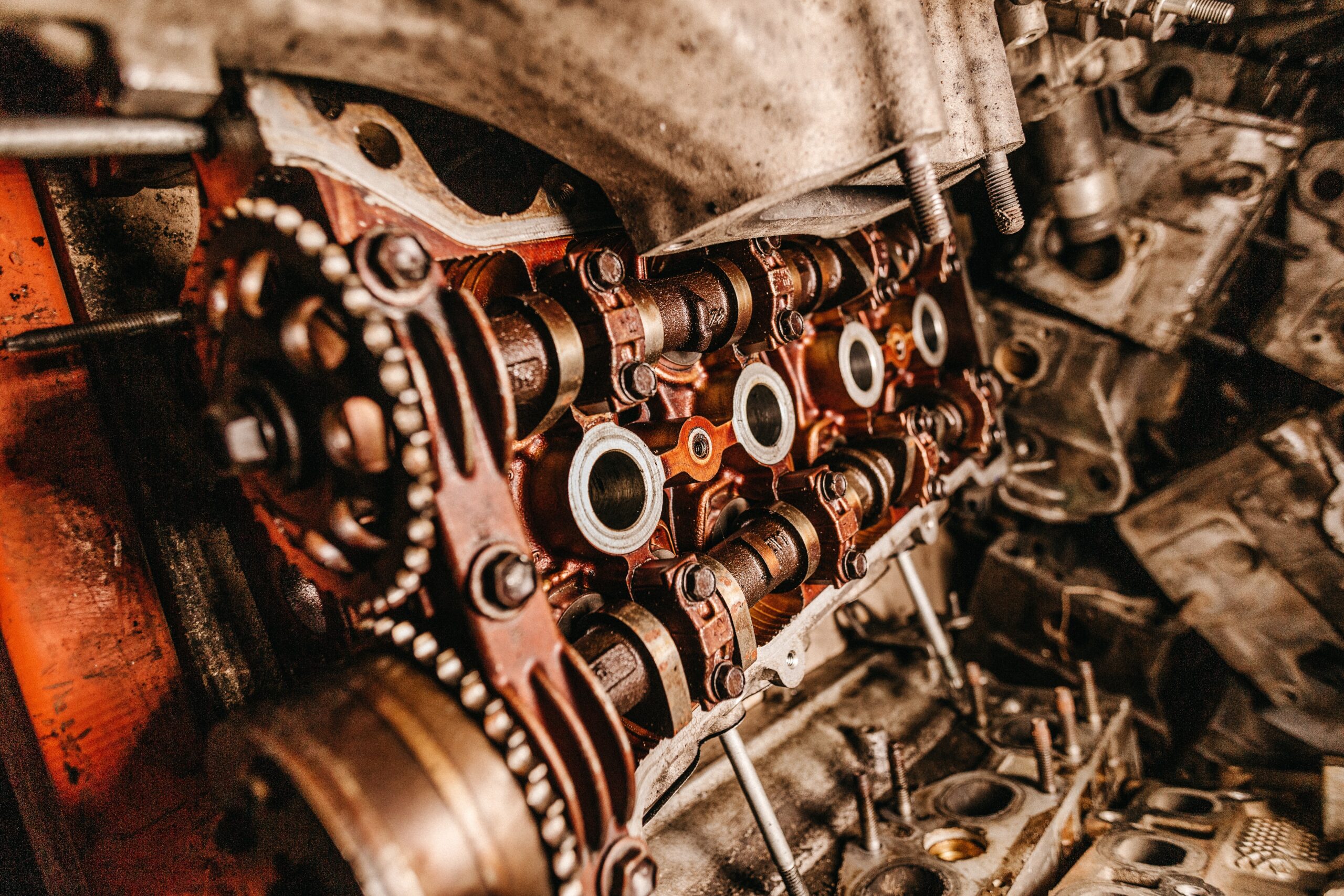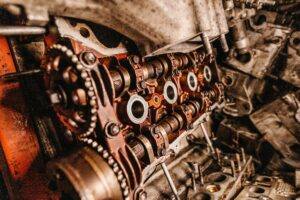The Magic of Automotive Rebirth and Restoration
The automotive world has an endless fascination with transformation. What begins as a rusty, dilapidated vehicle can be carefully brought back to life, regaining the vigor of its earlier days. This journey of automotive rebirth and restoration not only preserves the car’s history but also fuels the passion of those involved in this labor-intensive process. From vintage collectors to everyday car owners, people are increasingly drawn to the art and science of reviving old vehicles. Let us take a closer look at the wonders and benefits of vehicle restoration, from giving cars a second chance to keeping them out of the scrapyard.
Why Restore an Old Car?
Restoring an old car is more than just fixing an outdated vehicle. It is about preserving the craftsmanship and memories embedded in each model. Cars are often linked to personal experiences, family traditions, or a certain period in history. Rather than letting these vehicles deteriorate, restoration allows them to live on and remain functional.
Car restoration also promotes environmental consciousness. By repairing and reusing an existing vehicle, we reduce the demand for new car production, which involves extracting resources and producing emissions. Restored cars, therefore, contribute to a sustainable lifestyle while satisfying the need for transportation.
The Restoration Process: From Rust to Rides Again
Automotive restoration usually follows a detailed, multi-step process that can take weeks, months, or even years, depending on the condition of the car and the extent of the work required. Here is an outline of how the journey typically unfolds:
- Inspection and Assessment
- The first step in any restoration project involves a thorough inspection of the vehicle. This process uncovers any hidden damage, including rust, structural weaknesses, or mechanical issues. Skilled professionals assess the car’s overall condition, determining whether it can be restored to its original state or if modifications are necessary.
- Disassembly
- To access every part of the vehicle, a complete disassembly is often required. Removing each component enables restorers to work more effectively on individual parts, addressing any underlying issues without overlooking minor details.
- Repairing and Rebuilding
- This is one of the most labor-intensive stages, where professionals tackle each problem, from bodywork to engine repairs. Parts that can be salvaged are repaired and cleaned, while irreparable ones are replaced. This phase ensures that the vehicle regains both functionality and aesthetic appeal.
- Painting and Finishing
- A fresh coat of paint is applied, often matching the car’s original color. This gives the vehicle a renewed appearance and protects it from future damage. Finishing touches, like new upholstery, lighting, and detailing, complete the restoration, leaving the car looking as good as new.
- Final Assembly and Testing
- Once every component has been restored, the vehicle is reassembled and tested to confirm that it functions well. This final step includes test drives and quality checks to ensure that the car not only looks great but also performs safely and reliably.
The Growing Demand for Automotive Restoration
With classic car shows, exhibitions, and a thriving community of car enthusiasts, the demand for restored vehicles is steadily growing. People from various walks of life are drawn to vintage cars for their unique designs and nostalgic value. In recent years, this interest has turned into a booming industry, where car owners are willing to invest in restoring vehicles rather than purchasing new ones.
Additionally, online platforms and social media channels allow restoration professionals to showcase their work, reaching a wider audience. Car enthusiasts, in turn, get inspired to pursue their restoration projects, creating a supportive network of resources, advice, and expertise.
Are you looking for cash for your car in Brisbane?
Visit us: https://www.aucashforcars.com.au/cash-for-cars-brisbane/
Challenges in Automotive Restoration
While restoring an old car is rewarding, it also presents unique challenges. Here are some obstacles commonly encountered in the process:
- Sourcing Original Parts: Finding original parts for classic cars can be difficult, as many parts are no longer in production. This often requires sourcing from specialized shops, auctions, or other collectors.
- Labor and Time Investment: Restoration is a meticulous process that demands time, skill, and effort. Depending on the car’s condition, a complete restoration can take several months, with professionals dedicating hundreds of hours to the project.
- Costs Involved: The expenses of a restoration project can quickly add up, especially when rare parts or extensive repairs are needed. Enthusiasts and car owners often budget carefully, as each stage requires a financial commitment.
Despite these challenges, the end result is always worth the effort, with the restored vehicle becoming a lasting symbol of the owner’s dedication and passion.
Preserving History Through Restoration
Each car tells a story about the era it was created in and the life it has lived since then. By restoring old vehicles, we preserve a piece of automotive history, bridging the past with the present. These cars serve as reminders of earlier times, reflecting the design trends, engineering techniques, and technological limitations of those periods. Car enthusiasts view restoration as a way to honor history, celebrating automotive design and engineering from previous generations.
Cash for Cars and the Junkyard Industry
If you have a vehicle that is beyond restoration, it still has value. The junkyard industry offers practical solutions for old, unwanted, or damaged cars by recycling and reselling parts. Companies like AU Cash for Cars in Gold Coast offer cash for vehicles of all conditions. Auto Wreckers in Gold Coast efficiently dismantle unusable cars, salvaging parts to reduce waste and promoting sustainability. This process not only provides a cash return for vehicle owners but also supports environmental efforts by reducing the need for new parts and materials.
A Bright Future for Automotive Restoration
Automotive restoration is an enduring art, and with each project, we witness a unique transformation. As long as there are cars on the road and people with a passion for reviving them, the restoration industry will continue to flourish. With a combination of skills, patience, and dedication, car enthusiasts will keep breathing life into old vehicles, allowing them to roam the roads once again.
In essence, automotive restoration is not just about bringing back the past; it is about crafting a bridge to the future. With each project, we not only honor the history of these machines but also preserve their value for generations to come. The magic of automotive rebirth will continue to captivate, inspire, and bring joy to car lovers worldwide.














Post Comment